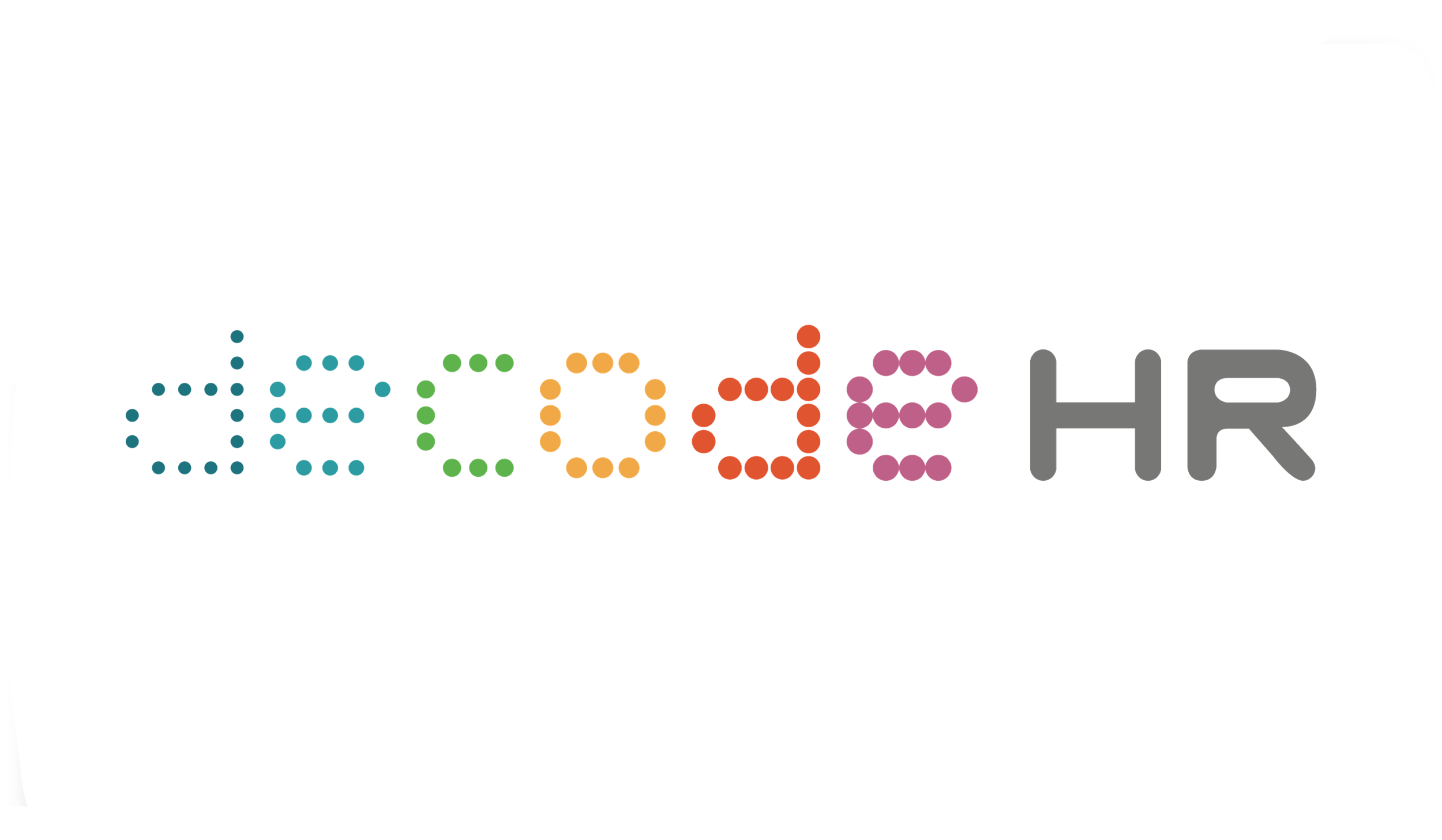Going Agile in HR: Talent Acquisition
Reading time: 3 mins
Is your organisation going agile? In our previous article, we explained how competency management could be more agile. Organisations that are adopting the agile way of working will find it useful to know more about agile talent acquisition. In our joint webinar with OrganizeAgile, we shared insights into agile talent acquisition and HR tech. Before we dive into this article, it's worth mentioning that talent acquisition differs from recruitment. Talent acquisition is about finding the perfect fit for the organisation/job while recruitment is more about filling job positions. Talent acquisition takes a strategic view and is often long-term focused.
Key points of Agile Talent Acquisition
When it comes to being agile in talent acquisition, speed to talent comes first to mind. Agile processes are all about maintaining speed and flexibility. The same applies when it comes to hiring top talent. Keeping pace with communication and hiring processes aids in securing high-quality talent. When doing so, focus on the most critical responsibilities and skills of a role. Traditional job titles are not enough to understand what one must do, especially in a rapidly changing environment.
Keep up with changes
Because of frequent changes, we should consider scanning our environment constantly. The latter means that organisations should swiftly and regularly gather information on the internal and external environment to understand the impact on their business so as to better steer the organisation.
Multidisciplinary teams
One of Agile's core principles is working in teams. For that reason, we should contemplate implementing multi-disciplinary recruitment teams. Such teams consist of people with different expertise and are invaluable in achieving both speed and quality in acquiring top talent.
Cultural fit
When hiring talent, keep in mind the alignment of values between the individual and the organisation: cultural fit. There are various assessment tools for identifying cultural fit. Even after hiring, it's essential to give the new joiners time to adapt to the work culture and environment. Equally crucial is providing them with the necessary support to assimilate well.
Candidate experience
It is essential to create an authentic and positive candidate experience. Nowadays, potential hires have a variety of options when it comes to future work. Keep in mind that there are multiple companies out there seeking talented individuals, which is why we should focus on creating a unique candidate experience.
Consider Attitude
There is a saying "Hire for attitude – train for skill" which comes down to bringing onboard passionate and motivated candidates and learn new skills throughout their career. Now it does not mean you should hire enthusiastic candidates without credentials. It is about hiring without excessive emphasis on previous job experiences. An exception, of course, is if the role requires specialised skills, for example, a brain surgeon.
Identify core competencies
Hiring is much more agile when you enable rapid identification of core competencies. Every business should know which of their core competencies differentiates them from other companies. Understanding your business' core competencies gives you more clarity as to what you're looking for in talented individuals. The next step is to identify those competencies in candidates. To keep pace in the hiring process, use a consistent methodology for identifying those core competencies. It's worthwhile mentioning that having the right software to automate the process makes a huge difference. SumTotal has a robust and user-friendly competency management module built into their system.
Artificial intelligence
We want to conclude this article with a brief mention of Artificial Intelligence (AI). AI has changed many fields when it comes to accuracy and continues to do so. For that reason, agile practices encourage instilling rigour in assessment and selection processes, supported by defensible AI if appropriate. Some pros of sophisticated AI include accuracy, objectivity, and speed. AI, however, can be quite costly. The good news is that increasingly, companies are providing AI solutions at an affordable price. Take X0PA AI, for example. X0PA AI uses Artificial Intelligence to source, score and rank talent to identify the best fitting candidate for each organisation's need.
Here at DecodeHR, we embrace agile practices. For our TA & Recruitment services, we utilise reputable and validated assessment and ability tools to understand an individual's traits and preferences better to ensure a strong fit. Leveraging our broad network and knowledge of the Asia Pacific landscape, we can reach both passive and active candidates. Feel free to reach out to us.
This article is a part of our ‘Going Agile in HR’ series. Stay tuned for our next article.
Learn more about going Agile in HR:
Going Agile in HR: Competency Management
Agile HR & Total Rewards Strategy









